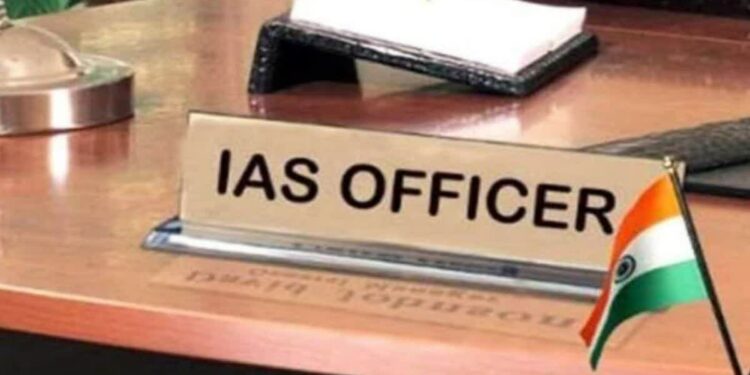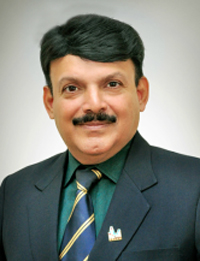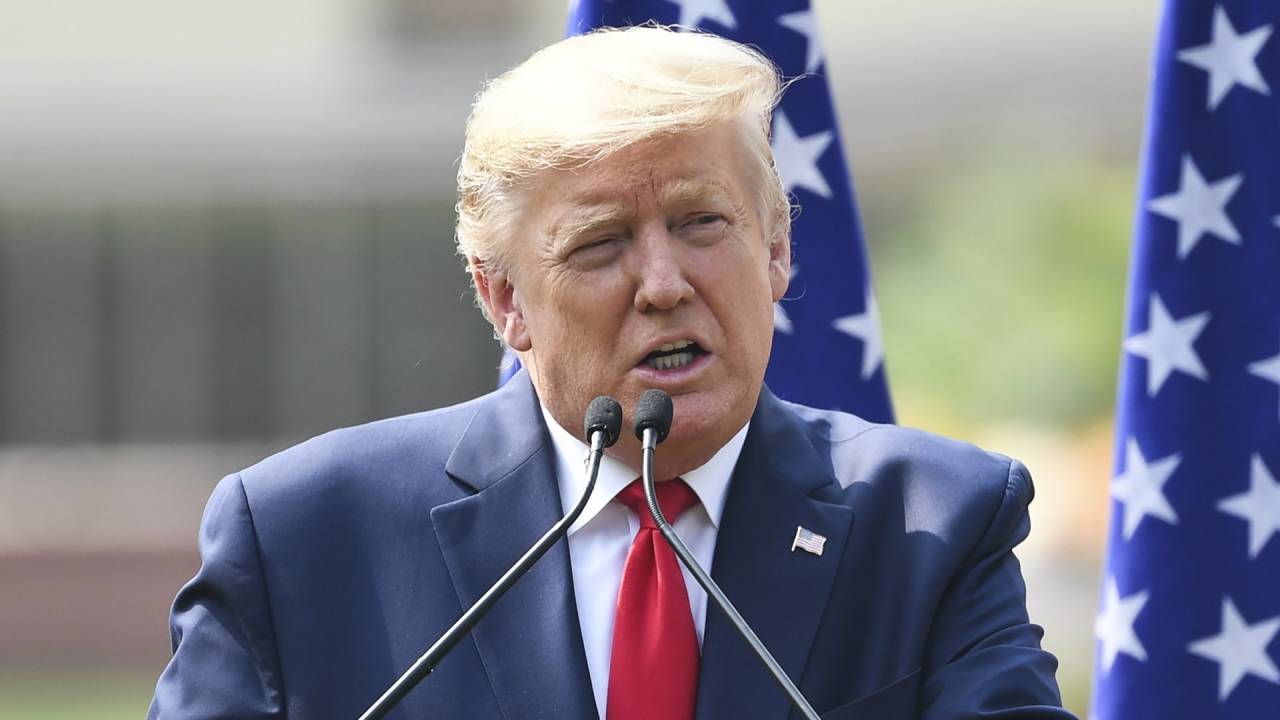The Indian Civil Service (ICS) was the administrative arm of the British Raj in India and was closely integrated with colonial rule. This is brilliantly summed up in the title of Philip Woodruff’s famous history — The Men Who Ruled India. The image of the ICS officer as ruler runs through many British accounts of the Raj. It is said that the Russian dictator Josef Stalin, was amazed and curious as to how Britain controlled India from thousands of miles away, with just a handful of officers. Not surprisingly, the nascent Independent India state chose to retain the ICS structure and personnel more-or-less unchanged after 1947. Cunning Indian politicians who took over the reins of administration from the British, were fully convinced that servility and unflinching loyalty of the bureaucrats, were attributes that could be successfully utilised by them, for fulfilling their grandiose esoteric ambitions, to replace the princely rule over Indian States, with rule by emerging political families. The belief and trust was not misplaced, as the ICS got relaunched as the Indian Administrative Service (IAS), with suitable cosmetic changes and titled with a misnomer ‘All India Services’, and assigned permanently to different States, which enabled them to become active collaborators along with politicians in many schemes and ventures. Political proximity enabled many to grab gubernatorial, ministerial, and diplomatic assignments, after retirement. The same trend continues even till date. The younger crop of officers are in awe of such manipulators, who have won the confidence of their political masters, and feathered their nest. Many secretly nurture ambitions to emulate their seniors.
There are politicians who have discerned this disturbing trend among civil servants. As early as March 13th, 2017, former Finance Minister Shri. P. Chidambaram stated that the country needed to re-imagine and reinvent its administrative machinery as its capacity to deliver has diminished. He felt some radical measures were needed to transform the bureaucracy in order to improve the outcomes as India was dealing with multiple transitions. “I think the only way we can reinvent the bureaucracy is to allow the non-performers to leave the civil service when they reach the age of 40,” he said, responding to questions during a lecture on “Will India get uninterrupted economic growth?”, “Because at that age, a non-performing civil servant can find another career and another job, and allow the lateral entry for performers to enter at the age of 40,” he added. He also said that though it was natural for older people to occupy higher positions, many of them were simply incapable of delivering. Citing examples, he said the government machinery’s capacity to deliver was limited and hence there was a need to re-imagine and reinvent the bureaucracy. Sad to say, but when he was in power, he never even attempted to re-imagine or reinvent the bureaucracy!
The New York Times had this to say about Indian bureaucracy “Today, Indians believe that their bureaucracy has become a prime obstacle to development, blocking instead of shepherding economic reforms. They think of bureaucrats as self-serving, obstructive, and corrupt, protected by labour laws and lifetime contracts that render them completely unaccountable”.
We need to understand that the government at the helm of affairs, whether at the State or Centre, has only one delivery mechanism at its disposal – the bureaucracy. If this delivery mechanism fails, whether intended or unintended, the reigning political party has to pay the consequences in the general elections. The non-performing bureaucrat has to face no such periodic evaluation by the general public. He faces only one test at the entry level, thereafter the show goes on uninterrupted, till he retires, with innumerable promotions, deputations, salary increments, and free foreign jaunts and training programs thrown in between. A crafty bureaucrat can cripple a policy decision by sheer procrastination or creating a situation for judicial intervention, thereby rendering that policy redundant forever. Consider for instance, in the GST Department over a lakh of Show Cause Notices have been issued, and all are pending adjudication at various levels. Hundreds of Crores of Rupees are locked up in litigation, which may take decades to reach finality. No bureaucrat is prepared to touch this legal garbage, which they are creating. When and who will clear this accumulating garbage? Though, politicians are aware of this manifest weakness, there has been no serious attempt to revamp the bureaucracy. Some half-hearted measures were introduced but they did not sustain due to the vicissitudes of political changes.
The latest cosmetic change attempted is the induction of lateral level aspirants at the level of Joint Secretary, at the Central Secretariat. 10 Joint Secretaries have been inducted who will have to function below the Additional Secretary and the Secretary, who will invariably be from the IAS, and who will ensure that the interloper’s brightness is dimmed appropriately. The atmosphere within the bureaucracy is extremely vitiated because of inter-service rivalry, and naked discrimination being practiced by the IAS against all the other services. The lateral entry aspirants are also sure to be demoralized by the IAS lobby. According to the Seventh Central Pay Commission of India, IAS officers hold 249 out of 341 positions of Joint Secretary in the Government of India. What can 10 outsiders do in this crowd? Over the past few decades, the IAS lobby has devised procedures, rules, permissions that will ensure their absolute hegemony in the bureaucracy. Ultimately the story of 10 outsiders is going to be touted as a failed experiment.
Any bureaucratic reform will need to be done from A to Z, right from recruitment to retirement. Any attempt to re-engineer the bureaucracy would have to deal with two aspects. The first would have to address the systems or structures and the other would have to be the professional or attitudinal aspects of civil servants. No civil service structure can be static in its character. It has to be dynamic and has to change with the times. As models of governance, and politico-economic environments change, the civil services need to be restructured and revamped, from the recruitment stage itself. Today, we see the civil services being inundated by engineers and doctors, due to the acute unemployment levels. Instead of testing civil service aspirants in every subject on this earth, testing is essential in law, economics, computers, and public administration. Presently, there is a wide menu of subjects, that have little or zero relevance in their future jobs as public administrators. Interviews are brief 30-minute encounters, whereas even for jobs in IT and other MNC’s there are multiple-stage evaluations by experts to assess the suitability of the candidates. Even, for every promotion to the next level, there are detailed evaluations of work performance, and multiple levels of interviews, to ensure that only the best man gets selected to handle higher level onerous assignments. Contrast this with the escalator model of periodic promotions and appointments happening in all the civil services, as also at all levels, without proper evaluation or interviews.
The civil services are mandated by a career progression system which is premised entirely on seniority unless the officer has displeased his boss. Promotions routinely happen batch-wise, where the performer and non-performer, get elevated, not for any merit but for completion of number of years of service. Despite clamour for reforms, except for minor cosmetic changes, no reforms recommended gets implemented, as both politicians and bureaucrats, are simply not interested in a reformed bureaucracy. However, times are changing, and administration is becoming complex. Management of the growing infrastructure sector, economic, taxation, education, social, and health sectors demands great degree of expertise and knowledge than was hitherto required of bureaucrats.
Efficient governance is the need of the hour. We need to emulate some of the culture embedded in the civil services of Singapore, and the Scandinavian countries. Thomas Loren Friedman American political commentator and author, and three-time Pulitzer Prize winner who is a weekly columnist for The New York Times considers the Singapore Civil Service to be one of the most efficient and uncorrupted bureaucracies in the world, with a high standard of discipline and accountability. It is also considered to be a significant partner in the success of Singapore. Similarly, the Scandinavian countries are universally seen as excellent functioning bureaucracies with some of the lowest levels of corruption in the world. In scholarly debates on state building, Francis Fukuyama, American political scientist, political economist, international relations scholar, and writer, has used the Scandinavian countries and the phrase ‘getting to Denmark’ to denote being governed by well-developed bureaucracies and highly functioning state institutions.
Revamping the bureaucracy of Bharat is not a Herculean task. It merely requires a positive mindset of the government in power. Redesigning the examination syllabus, interview pattern, and architecture of all the civil services, the promotion policies, all needs to be envisaged and suitably revised.
It would also be eminently sensible, to continuously keep inducting, on contract basis experts from diverse fields such as law, economics, and universities at levels from Under Secretary to Secretary. In fact, contractual appointments, even for regular civil service employees and lower-level government staff, would dramatically reduce corruption, as also increase efficiency and accountability at all levels.
Thinking aloud, apart from the bureaucracy another institution needing sweeping changes is the Judiciary. A massive mountain range of cases are awaiting resolution across the country before different legal forums. Has the time not come to scrap the practice and appointment of ‘Senior Lawyer’? Why should there be just one Supreme Court and one High Courts in each State dealing with every conceivable issue? Why not separate Supreme Courts for Criminal cases, Civil cases, Taxation cases, and Terrorism cases? Similarly at the High Courts level also. There will be a sea change for betterment.
Has the nation to wait indefnitely for a Lee Kuan Yew to steer it from this bureaucratic and legal mess?



















Discussion about this post